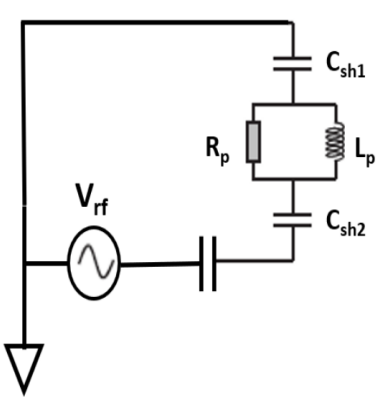Brief
There exists an ever-increasing interest in plasma technology for CO2 conversion. In this process, plasma is generated in the presence of CO2. Radio-frequency waves is supplied to energise the plasma & break down CO2 bonds. The result is the formation of CO, CH4, and other hydrocarbons. These can be stored in the form of liquid fuels, with major demand in chemical & energy industries.
During this project, an adept knowledge of multiple plasma systems was developed & linked to a pre-existing familiarity to complex physics phenomena. A strong knowledge of plasma systems & real-world experience in plasma technology directly aids in the technology & semiconductor industry, where plasma etching is the primary method for integrated circuit manufacturing.



